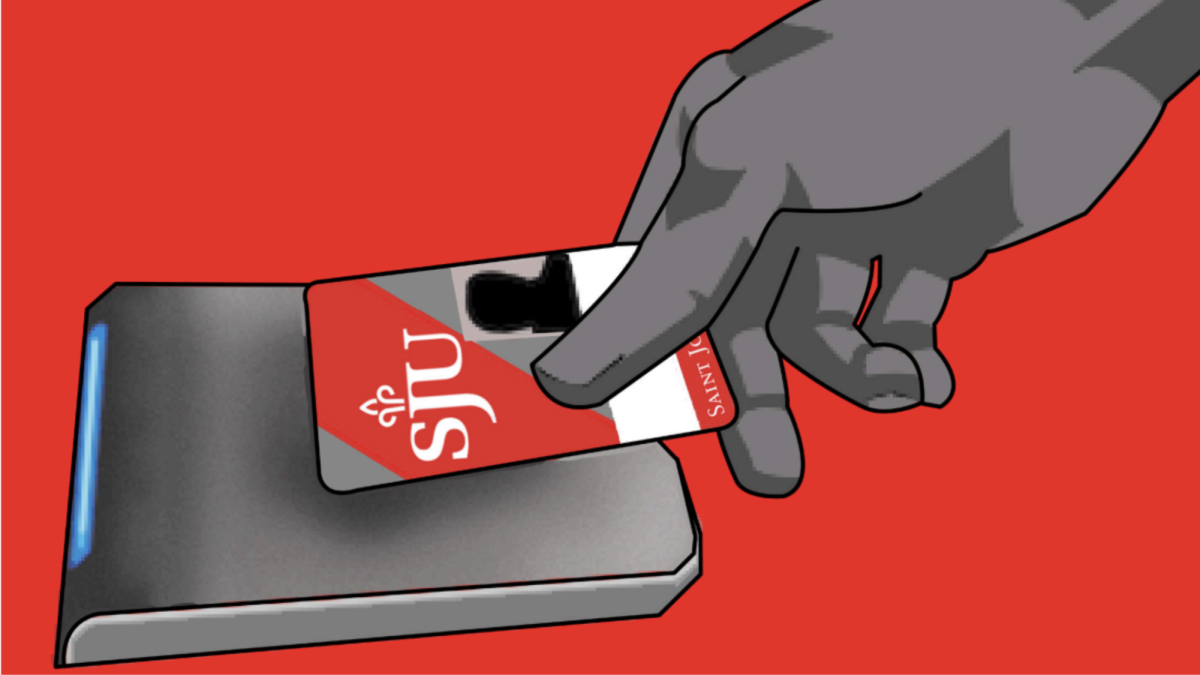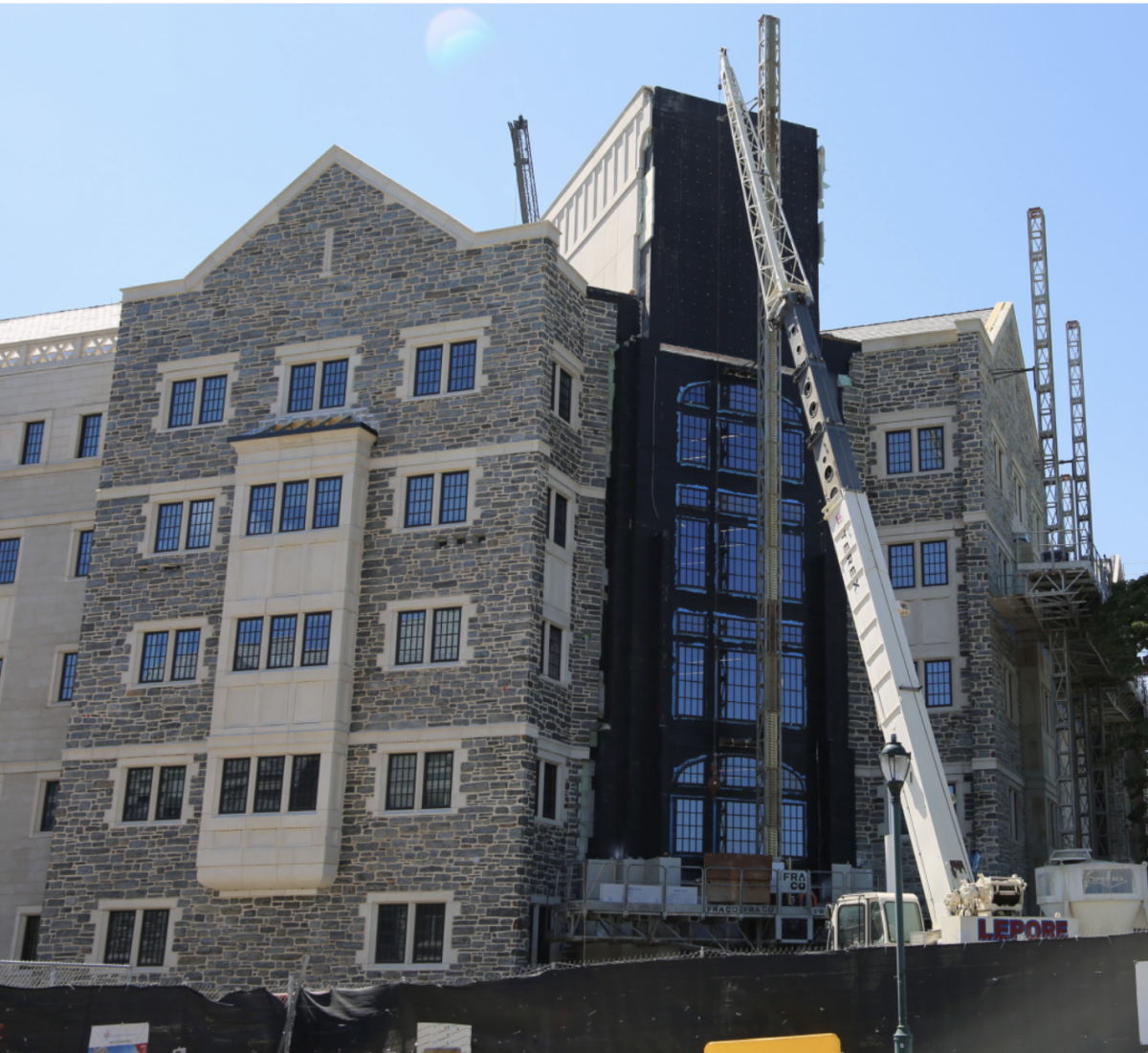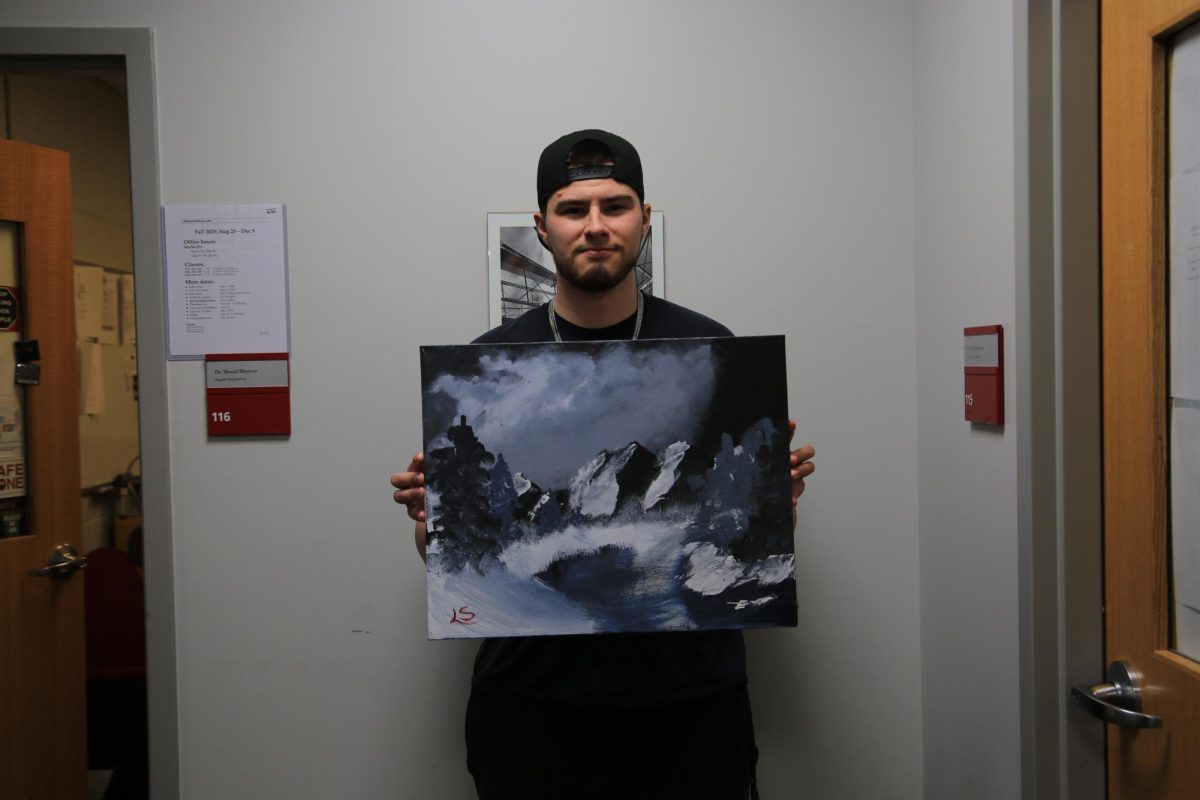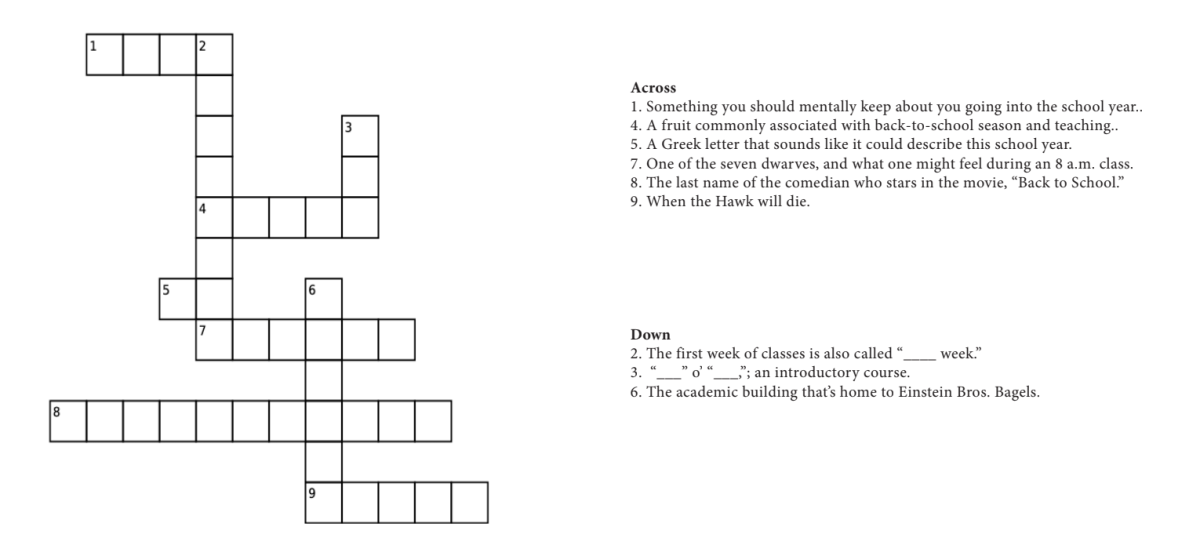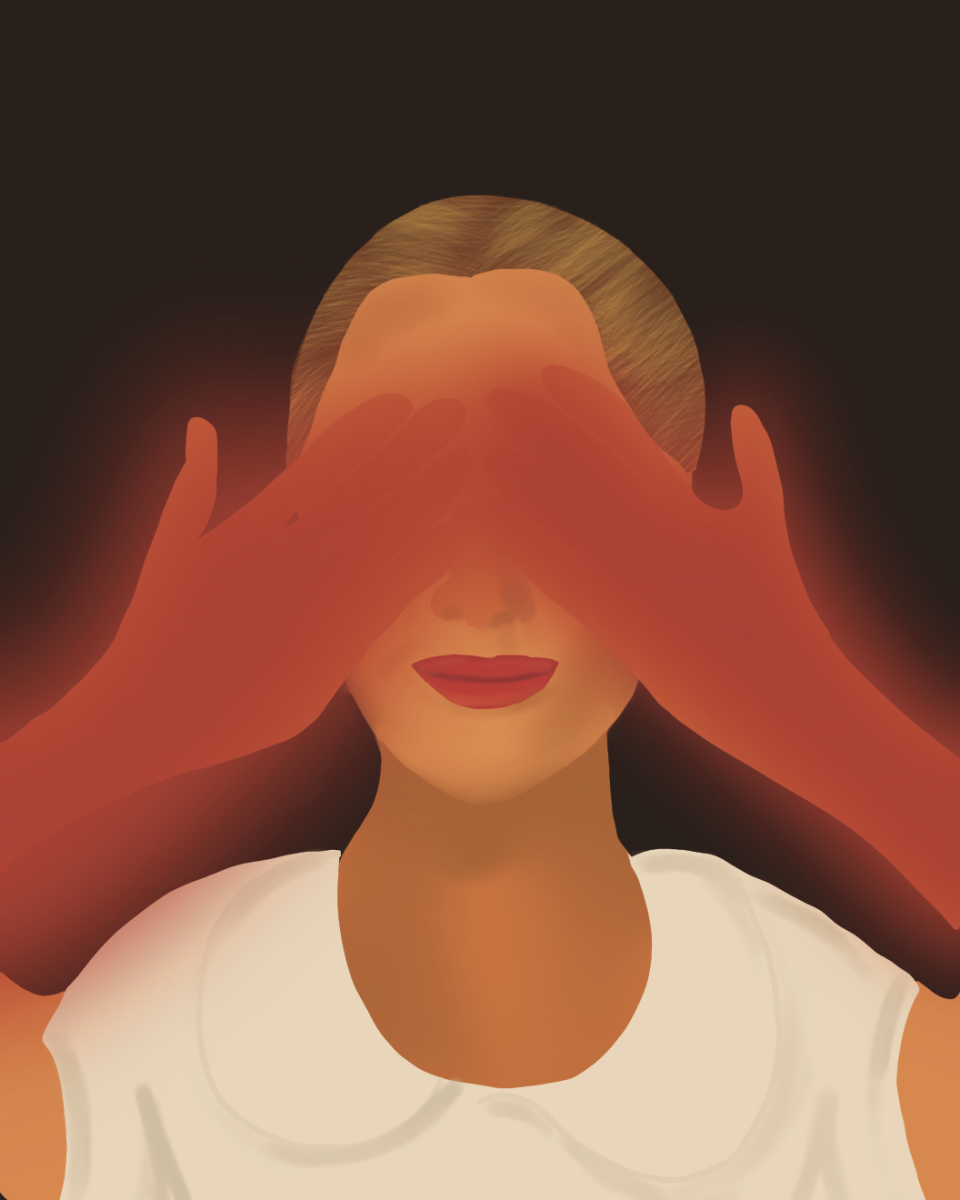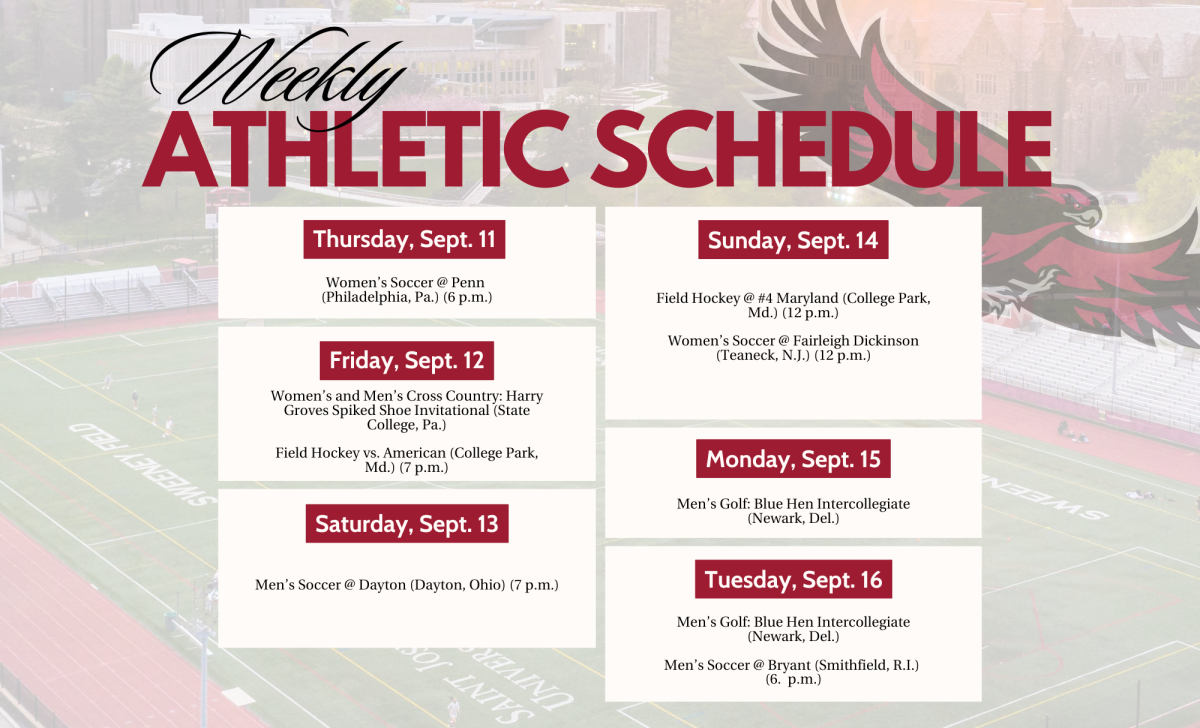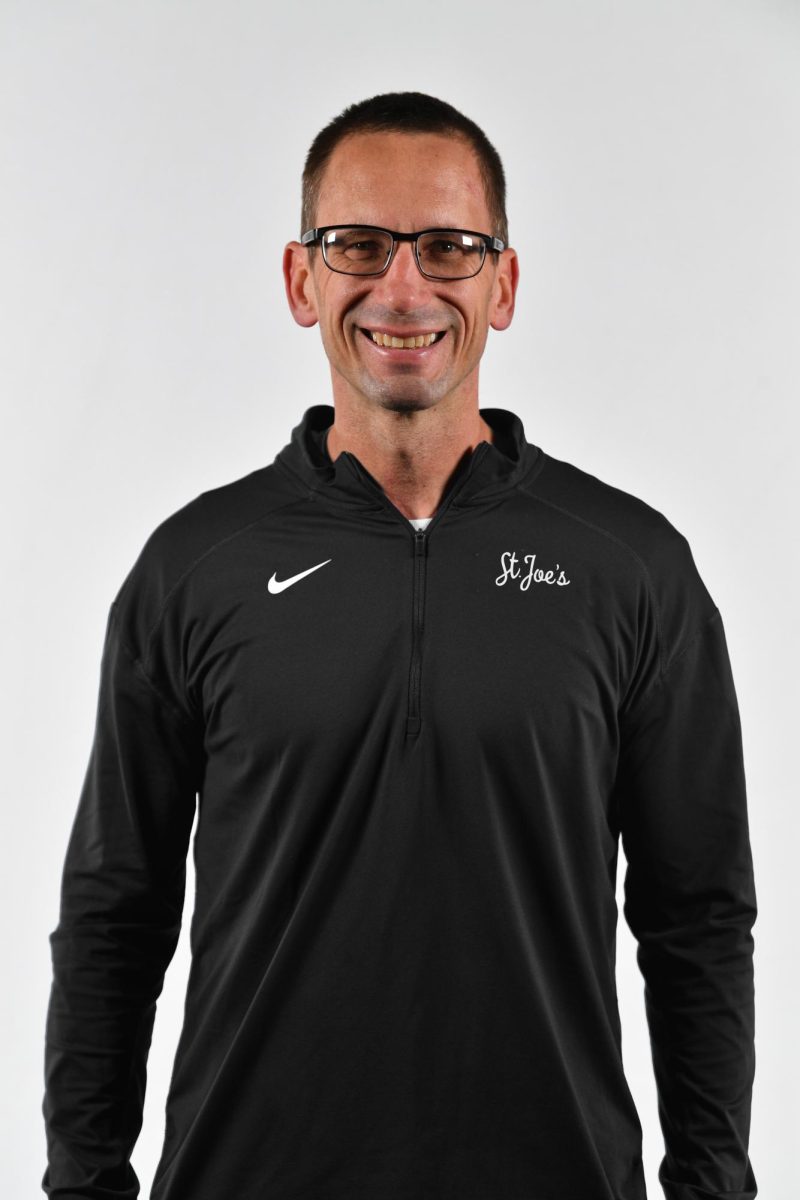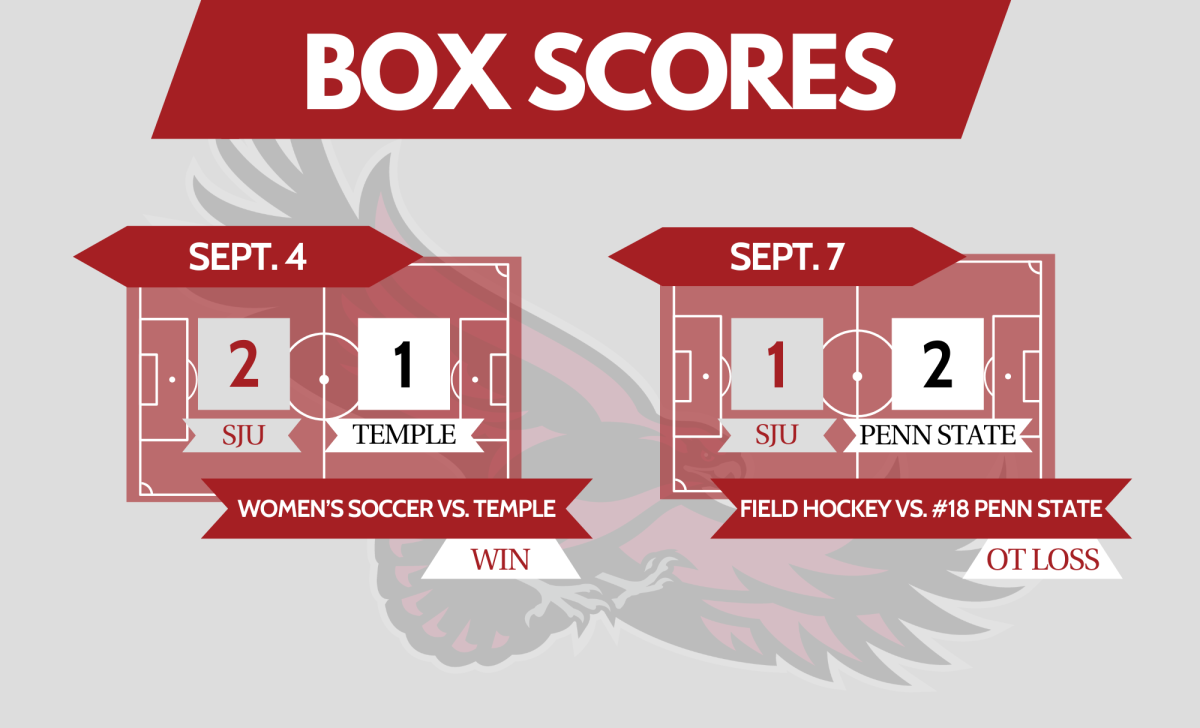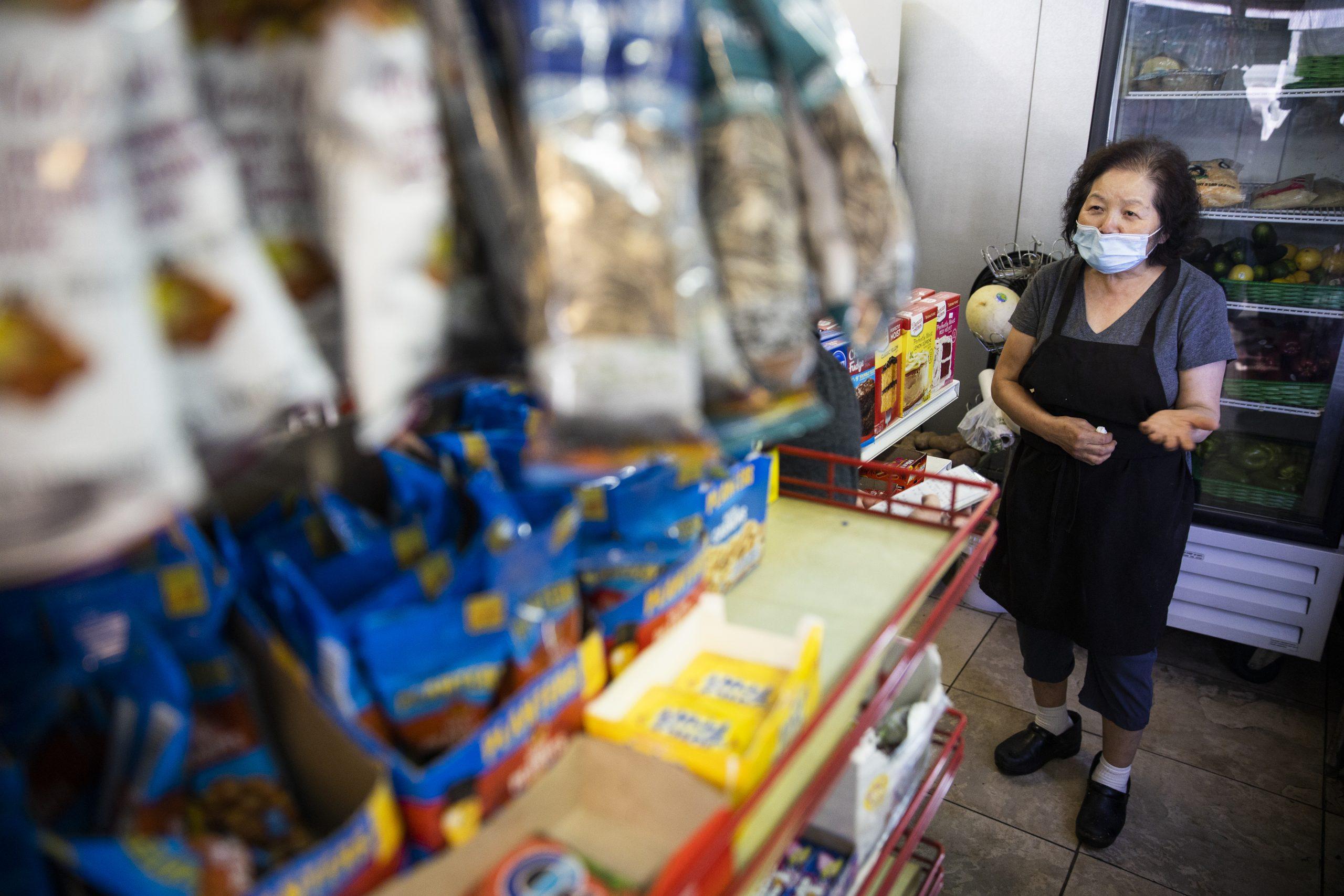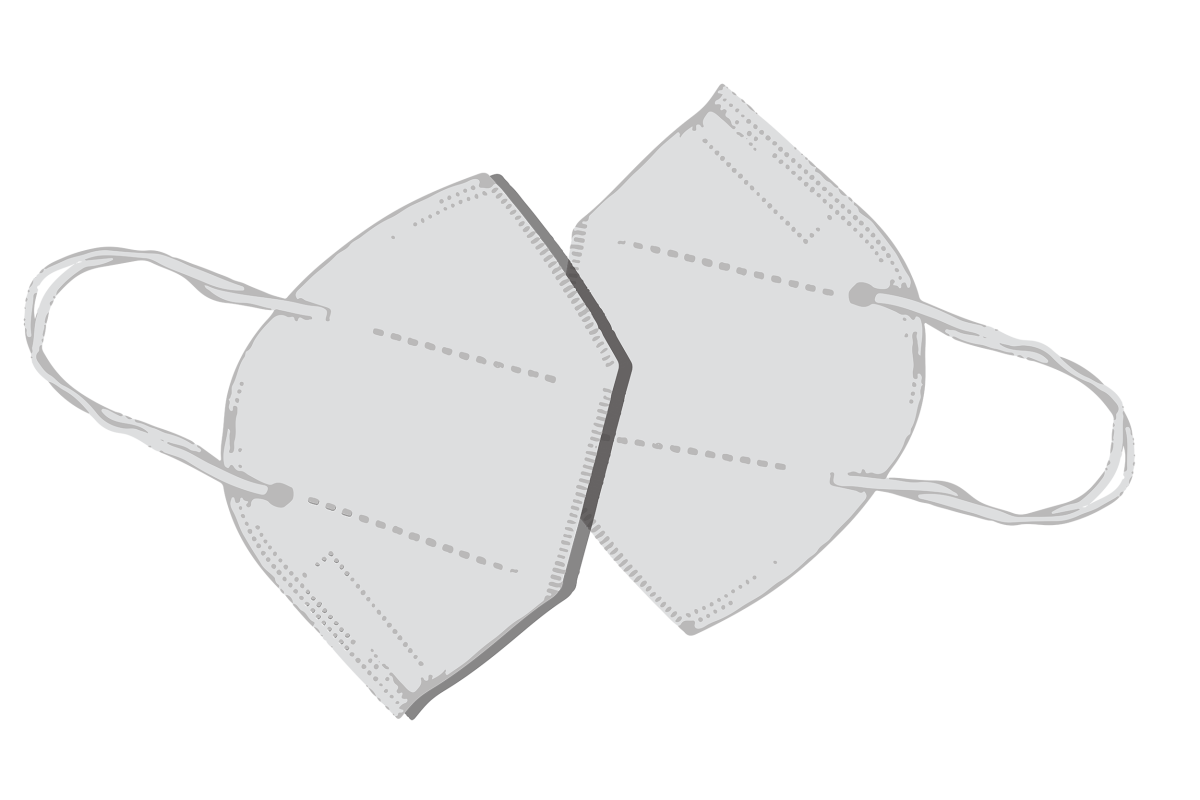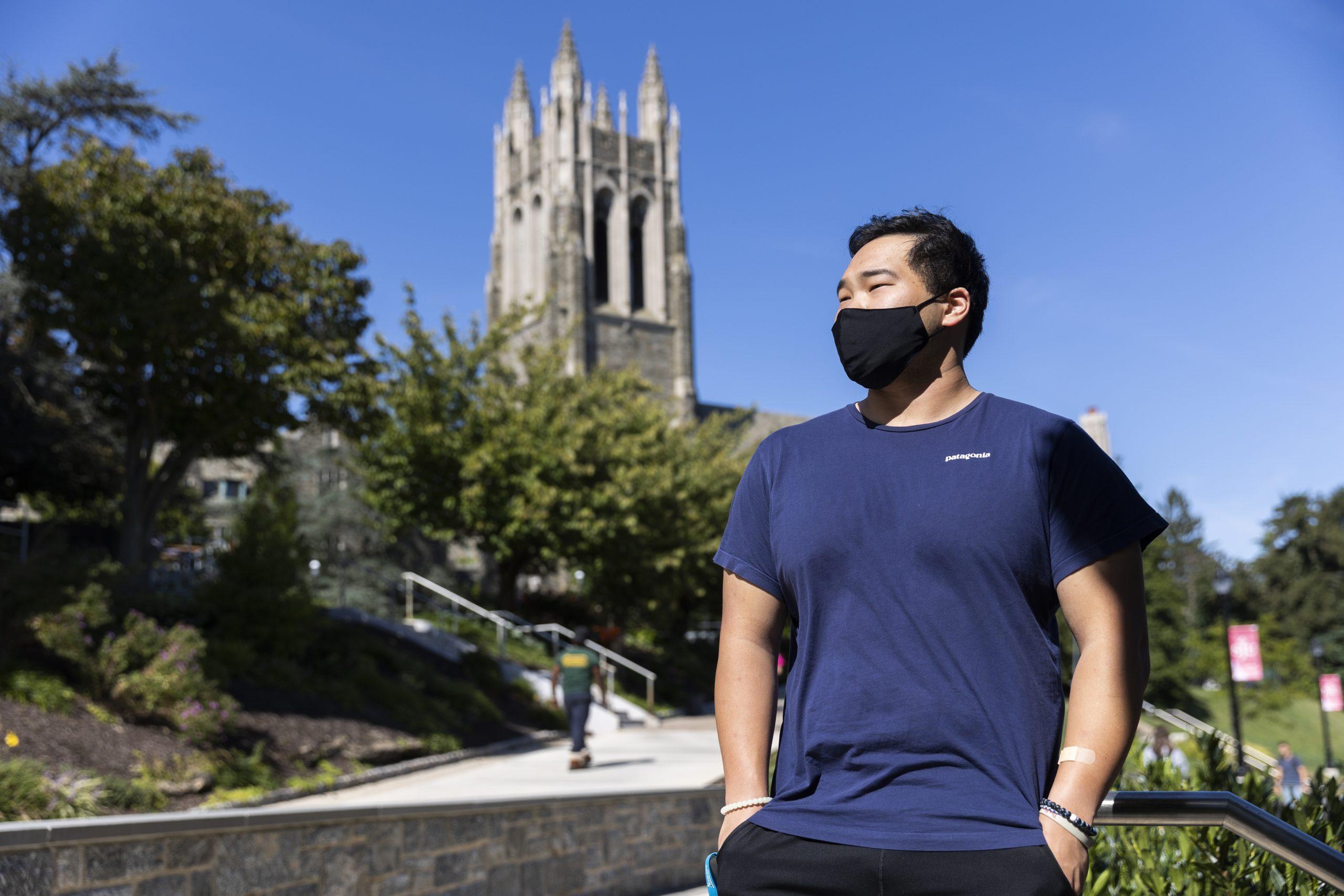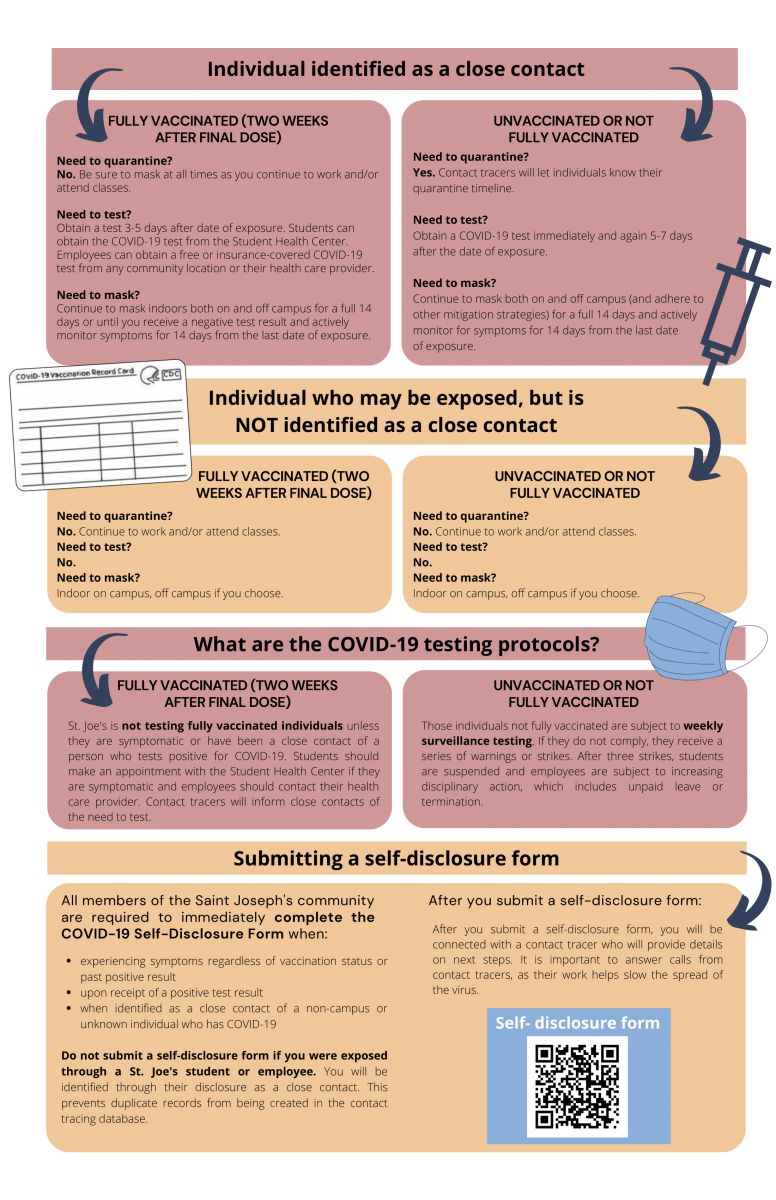Three days into the fall semester, Aidan Dowling ’23, slept on a wooden bench in front of Mandeville Hall for two hours. He was surrounded by several bags of supplies that he packed in preparation for two weeks of quarantine after a close friend tested positive for COVID-19.
It was 10 p.m., and Dowling was exhausted, having spent most of the evening on back-and-forth phone calls with university representatives trying to figure out what he needed and where he was going to quarantine.
“There was no communication to me about what was happening, which honestly was a little scary,” Dowling said. “I was already upset about having to go into [quarantine] housing. The fact that the school couldn’t tell me what I needed to bring and how I was going to eat, where I needed to go, how I was getting there. Everyone I called just seemed to have the same level of confusion. They didn’t know either.”
Communication mishaps
Dowling had inadvertently boarded the wrong shuttle at his Merion Gardens residence and ended up stuck at Mandeville Hall. He was told by someone at the Office of Residence Life that a shuttle would pick him up from his Merion Gardens residence at 9:50 p.m. and transport him to Sourin Hall, one of the university’s isolation buildings.
After several phone calls to sort through the shuttle mixup, and a nap on a bench, another shuttle arrived at 11:30 p.m., nearly 90 minutes after the first one dropped Dowling off. Instead of Sourin, he was driven to the Homewood Suites on City Avenue, where some St. Joe’s students are quarantining.
Dowling is one example of a student who struggled with transitioning to quarantine.
For many students, the experience is marked by a lack of communication, food delivery service errors and challenging conditions with their accommodations and for classes. The Hawk spoke to three students who were quarantined or isolated since the start of the semester who reported these difficulties.
As of press time, the St. Joe’s COVID-19 Dashboard reported 17% of on-campus isolation and quarantine spaces were occupied. The university is using Sourin and Moore Hall on campus as isolation locations, and the Homewood Suites as a quarantine location.
According to Cheryl McConnell, Ph.D., provost and vice president of academic affairs, there are approximately 200 spaces for quarantine and isolation. So there are about 34 students currently occupying those spaces. This does not include students who opted to isolate or quarantine in their permanent homes.
McConnell said she did not know the total number of students in isolation or quarantine, as “it changes every moment and every day.”
The Hawk reached out to Cary Anderson, associate provost and vice president of Student Life, with questions about the COVID-19 quarantine and isolation procedures.
Kelly Welsh, executive director of communications, responded to The Hawk’s questions in an email.
Welsh wrote that the goal is for the student to be relocated to a quarantine or isolation space “as quickly as possible.” That was evidently not the case for Dowling and others.
After he settled into his room at the hotel, Dowling tried to get some sleep. But he still wasn’t sure how he was going to get back to the Student Health Center to receive his scheduled COVID-19 test.
“No one gave me direction on how I was supposed to be tested, only that I needed to get tested,” Dowling said. “I was a little worried because everyone I knew who was quarantining could just go to CVS or their doctor at home but I initially had no clue where I would go. I eventually got an email from Starfish telling me to make an appointment with the [Student] Health Center. Then I was worried about how I was supposed to get there.”
Dowling didn’t find out any information until an hour before he got picked up by a shuttle to go to the Student Health Center.
A day after Dowling took his COVID-19 test, a university announcement from Anderson stated that a student is required to isolate if they are experiencing COVID-19 symptoms and awaiting test results, or if they test positive. If a student tests positive, the isolation period is 10 days. The announcement added that a student is required by the university to quarantine if they have been in contact with someone who has tested positive for COVID-19 or someone who is symptomatic and awaiting test results. The quarantine period is at least 14 days after possible exposure.
Gabriela Lorenzo ’23 was asked by a representative from the Office of Resident Life to isolate in Moore Hall after testing positive for strep throat and being asked to take a COVID-19 test.
Lorenzo said it was difficult for her to get answers from the university. She reached out to the Student Health Center at 10 p.m. with questions regarding her situation, and didn’t hear anything back until 3 p.m. the following day.
“I just think [the university] could have done a better job because there’s only two departments handling this right now,” Lorenzo said. “It’s the [Health] Center and Res Life, and they’re not in very good contact with each other.”
Food delivery service errors
Along with the lapses in communication and coordination that Lorenzo and Dowling experienced, other students in isolation and quarantine spoke about their frustration with complications in the food delivery service.
Students in on-campus isolation or quarantine locations are delivered meals from Good Uncle, the new food delivery service St. Joe’s offers.
Katerina Calvo ’24 was asked to quarantine in Sourin Hall after coming into contact with someone who tested positive. She was then transferred to isolation in Moore Hall after experiencing COVID-19 symptoms. Calvo said she had problems accessing meals. She was not delivered breakfast on her first morning in Sourin Hall.
“I just remember I was hungry that night,” Calvo said. “When I woke up there was no food. [Good Uncle] ended up shipping lunch to me at around 11:30 [a.m.] because I had called and called and called saying, ‘I am hungry. I have been up since 7 o’clock for my 8 a.m. class.’”
Welsh wrote that students receive a meal pack daily containing three meals. Students can either use one swipe per meal with their meal plan, or pay $10 per meal.
This means that students who quarantine for 14 days will have to pay $420, or use 42 swipes from their meal plan. Not wanting to use 21 swipes from his 45 swipe meal plan, Dowling was billed $210 for meals for the seven days he spent in the Homewood Suites. But, he spent most of his first day without food.
On the night he arrived at the Homewood Suites, Dowling got an email at 1:15 a.m. informing him that he must respond with his food order by 7 a.m. He was asleep between 1:15 a.m. and 7 a.m., so he did not get food delivered to him until 4 p.m. that day.
Instruction challenges
Once in quarantine or isolation, students said they experience additional struggles. Dowling said his biggest difficulty was attending and participating in his online classes. The WiFi at the Homewood Suites was unreliable and he heard construction noise above his room.
“It would kick me out of Zoom classes all the time,” Dowling said. “And then I couldn’t rejoin, so there are a couple classes that I just missed completely after signing in. And then, the construction was so loud and I couldn’t participate in classes because if I turned my mic on no one could hear me and I could barely hear anything even with headphones.”
Irrespective of the modality of their classes, McConnell said that faculty, “100% are expected to accommodate every student in isolation and every student in quarantine.” But the reality for some students is that these accommodations do not adequately replace an in-person class experience.
Dowling said that his professors did accommodate him, but there were still some difficulties.
“My [professor] had set me up on a laptop in the corner of the room,” Dowling said. “It was a discussion class, and I could not understand a single thing she said. She was asking me questions, and I could barely hear my name. Then she ended up making one of the students type everything that was happening in the class to me in the Zoom chat.”
Calvo said two of her classes did not offer a Zoom option for her during her isolation.
“One class only uses Zoom on Fridays, so I had to follow Canvas on my own and then catch up with everyone on Friday,” Calvo said. “Another one of my professors met with me after class and then she caught me up.”
Welsh wrote that isolation and quarantine protocols are being followed closely and the university “continues to enhance these experiences for impacted students.” But so far, the transition to isolation and quarantine spaces has been stressful for some students.
“It’s a very anxious process,” Lorenzo said. “Maybe it’s because I was scared that I wasn’t sick and I was being treated like a sick person, that maybe gave me more anxiety. It causes a lot of anxiety and it’s a stressful process.”


